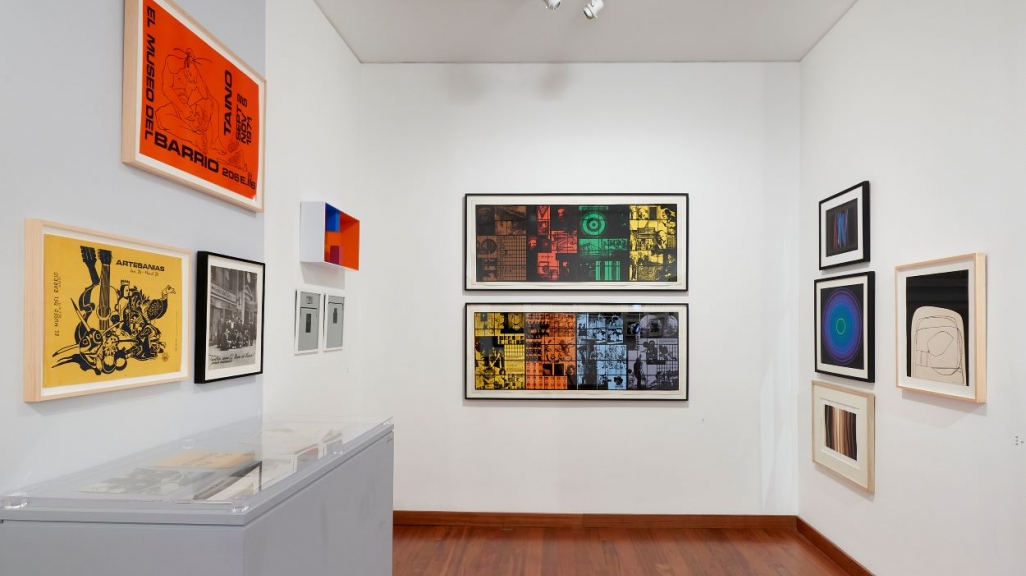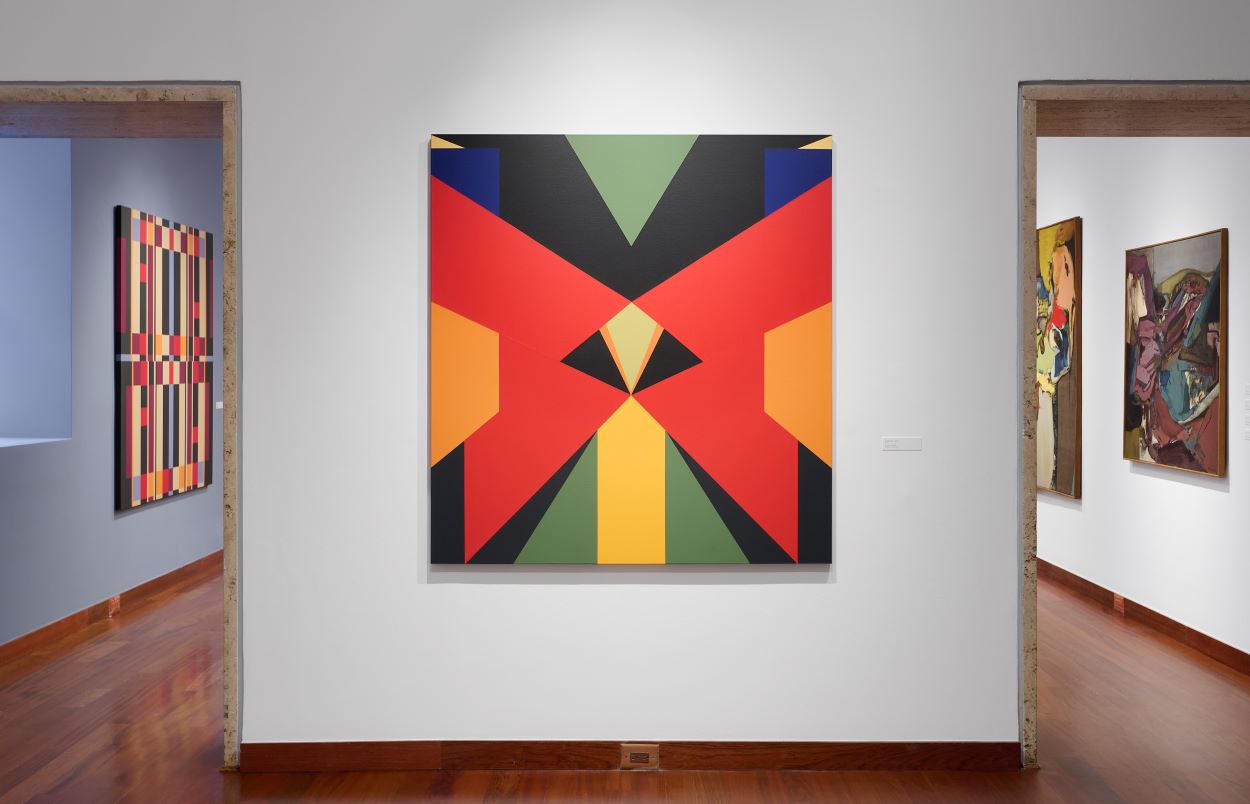Revisiting Latin American Artists' Struggle for Representation in the United States
Revisiting Latin American Artists' Struggle for Representation in the United States
This Must Be the Place's "greatest strength is its insistence that the U.S. did not passively allow representation; artists had to fight for it," writes Billy Anania in Hyperallergic.
On a brisk winter’s day in 1970, six young Puerto Rican artists set to work building a geodesic dome underneath the Manhattan Bridge. Under the moniker CHARAS, which drew from one letter in each of their names, the artists culminated five years of organizing public housing initiatives for underserved populations of “Loisaida” (or, Lower East Side) with a futuristic structure that claimed a plot of American soil for their community.
In subsequent decades, CHARAS created more than 600 future-forward community programs for unhoused New Yorkers, public school students, and burgeoning artists. Their commitment to the working class spoke to the interrelation of art and labor for diaspora artists during the Civil Rights movement. While the 1965 Immigration Act opened the United States for expanded Latin American immigration, the decade that followed found migrant artists — many of whom fled U.S-backed dictatorships in Argentina, Chile, Brazil, and Paraguay — actively involved in political struggles for representation. This history forms the basis of the Americas Society’s widely heralded two-part exhibition This Must Be the Place…
U.S. intervention never really ended in Latin America, and the conflation of Spanish and Indigenous identities continues to inform how Americans misunderstand liberation movements in Chile, Venezuela, Bolivia, and elsewhere. Some context around U.S. anti-communism within the exhibition materials would provide viewers with a greater overall geopolitical understanding. Further, the exhibition suggests that artists protested against the market and liberal institutions, yet this critique could be expanded to demonstrate the contradictions of assimilation to ruling-class ideology. With museums and markets absorbing radical politics in real time today, representation seems like one aspect of a larger effort toward true community ownership. This Must Be the Place posits that we are already there…
The exhibition explored the work of a generation of artists who shaped New York City's artistic and cultural landscape.










